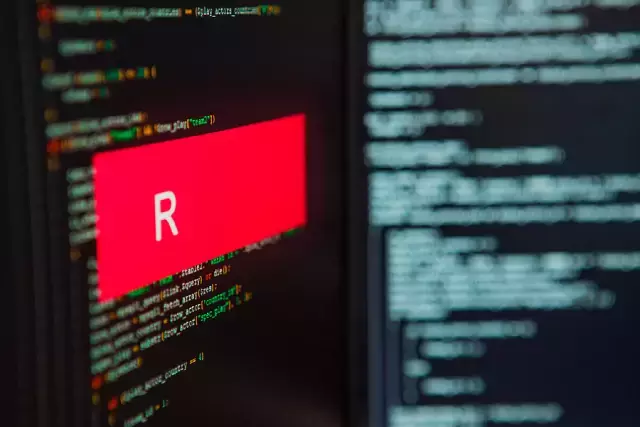In statistical computing and data analytics, R is a programming language and environment that is often utilised by statisticians, data analysts, researchers, and marketers to access, analyse, visualise, and display data. In fact, R programming’s popularity has grown significantly in recent years as a result of its expressive syntax and user-friendly interface.
So, the question lies – what exactly is R programming? In this beginner-friendly comprehensive guide, we go over everything you need to know about this up-and-coming programming language.
How “R” got its name
In order to enable academic statisticians and other programmers with advanced abilities to execute extensive data statistical analysis and present the findings in a wide range of visual graphics, the first version of R was published in 1995. The initial “R” of its two creators’ names, Ross Ihaka and Robert Gentleman, is where the name “R” comes from.
Using R programming
As mentioned above, you may clean, analyse, and graph your data using the statistical computing and graphics programming language R.
An established command-line interface serves as the foundation of the R programming environment. This is used by users to specify instructions, read data, load it into the workspace, and get results. Simple mathematical operators like +, -, *, and /, as well as more complex functions that carry out sophisticated computations like linear regressions, may all be used as commands.
Additionally, users can create their own functionalities. The environment enables users to combine specific processes into reusable functions, such as combining different data files into a single document, extracting a single variable, and doing a regression on the output data set.
Why use R programming?
1. Free and open-source
R programming is a language that is open-source and free. In R, you may change many functions and create your own packages. There are no limitations on the use of R because it is distributed under the General Public License (GNU). In comparison to other tools, it offers a lot more possibilities and is excellent for visualisation.
2. Runs on all platforms
R distributions are available for all widely used operating systems, including Windows, Linux, and Mac. If you develop R code for one platform, you can easily port it to another without any issues.
3. Popularity
R is now among the most widely used programming languages in several fields. R was traditionally used mostly in academics, but as Data Science took off, it became clear that R was also needed in the business world. In fact, did you know that Facebook uses R for social network analysis and Twitter uses it for both graphics and semantic analysis? Indeed, this programming language is taking over the world by storm – and for good reason!
Conclusion
And there we have it – some basic key facts about R programming. If you’d like to learn more about this wonderful programming language, consider signing up for Aventis Learning Group’s 2-Day Foundation in R Programming course. Suitable for anyone interested to learn about programming and computational thinking, this beginner-friendly course will allow learners to gain a basic understanding of R programming and how to apply this knowledge to solve problems.
For other Singapore basic data analytics courses, feel free to have a browse through our extensive course catalogue that features various analytics courses, ESG training courses and other online courses with certificates.
Aventis Learning Group is a multi-award-winning corporate training solutions provider that is committed to offering a wide range of courses for the professional development of working professionals.
To learn more, do not hesitate to drop us a message here!

